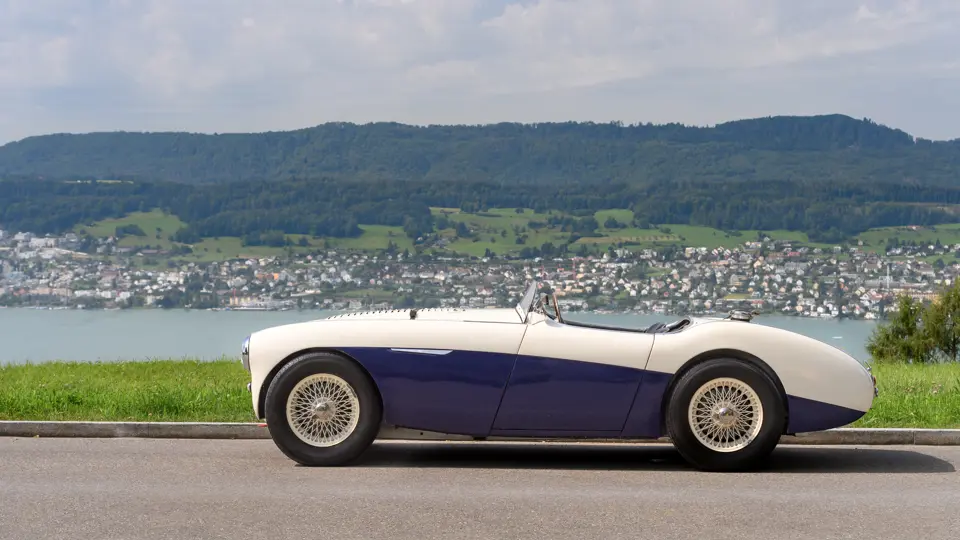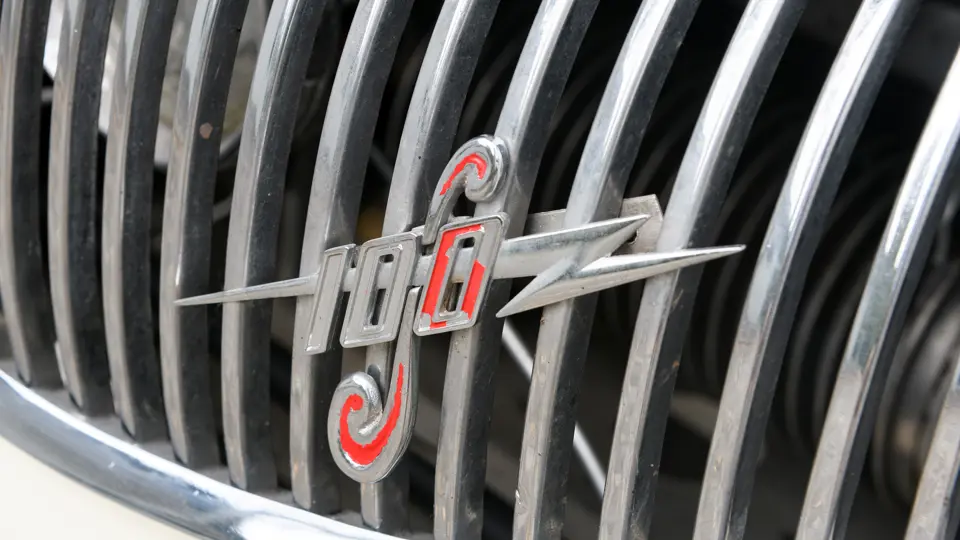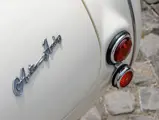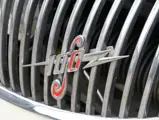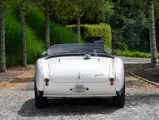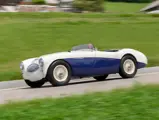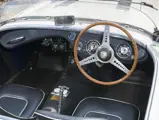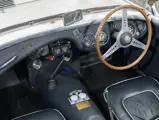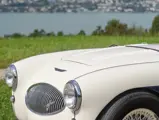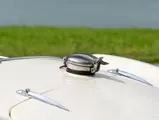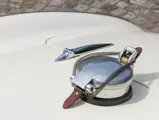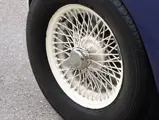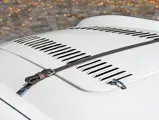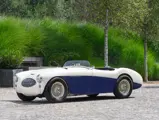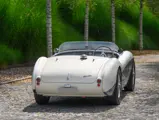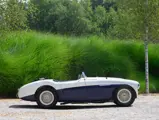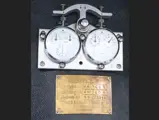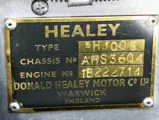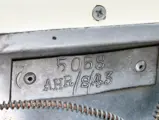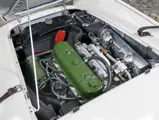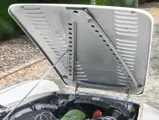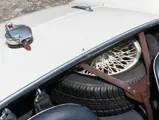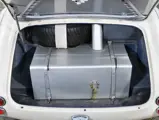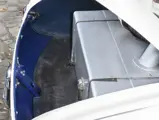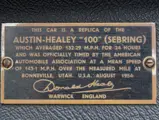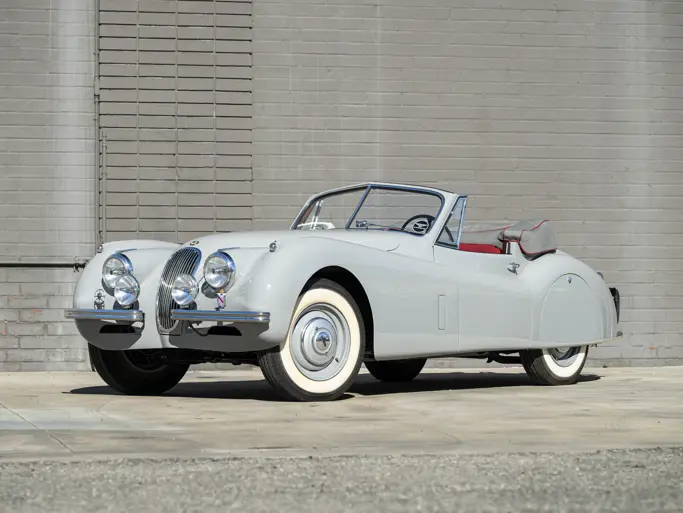
1955 Austin-Healey 100S
{{lr.item.text}}
CHF702,500 | Sold
{{bidding.lot.reserveStatusFormatted}}
- Believed to be the only 100S directly exported from the factory to Switzerland
- Restored by Austin-Healey specialist Steve Pike
- Thought to be one of 50 production alloy-bodied examples manufactured
- Period competition history; ideal for continued use in vintage tours, rallies, and races
- One owner for the past 19 years
The Austin-Healey 100S was designed as a racing variant of the Austin-Healey 100, bodied in aluminium rather than steel for its lightweight benefits. Its sporting lineage is evident in its model designation: The “S” stood for “Sebring”, a nod to the five special test cars developed between 1953 to 1954—one of which finished 1st in class at the 12 Hours of Sebring in 1954.
It is thought only 50 production examples were manufactured, hand-built by the Donald Healey Motor Company at their Warwick factory and delivered between February and November in 1955. To further reduce weight over the standard 100, the 2.6-litre inline-four engine’s cast-iron cylinder head was replaced with a performance aluminium head by Weslake, producing a stated 132 brake horsepower; the overdrive unit in the four-speed manual gearbox was omitted from production. In addition, the bumpers and convertible top were eliminated, the grille reduced in size, and the windscreen made from plastic. All in all, the Austin-Healey 100S was 200 pounds lighter than the Austin-Healey 100.
This 100S, chassis number AHS3604, left the Austin-Healey factory finished in Old English White over Lobelia Blue, with a blue and white piped interior. It is believed to be the only example produced for export that was dispatched to Switzerland, arriving at the Establishment Erwin Lutz on 17 May 1955. Delivered to its first owner, Giorgio Juhn, a Swiss racing driver, AHS3604 soon made its competitive bow as it debuted at the Slalom Emmen on 19 June 1955 as car #126.
On 11 September 1955, AHS3604 raced at St. Ursanne Les Rangiers, finishing 4th in class; just weeks later, the car participated in the Mitholz-Kandersteg hill climb as entrant #107. In the August of the following year, the 100S raced at Ollon-Villars and returned to the Mitholz-Kandersteg hill climb on 22 September. In June 1957, the car failed to qualify at Slalom-Campione, and did not start on 21 September 1957 at Mitholz-Kandersteg. Juhn’s final race with the Austin-Healey was on 13 September 1958, once again at the Mitholz-Kandersteg hill climb. It would be more than 40 years before AHS3604 would again make an appearance at a circuit or hill climb.
Following Mr. Juhn’s death at the age of 65 on 19 March 1961, the car was laid up in storage. It would not see light of day until 2002, when the current owner discovered this car and commissioned a full restoration, in order to return the 100S to its former glory. Shipped to Australia in June 2002 and bound for Austin-Healey specialist Steve Pike, the car underwent a full overhaul: The exterior and wire wheels were finished in Old English White over Lobelia Blue, while the floor and footwells were fitted with rubber mats and the seats upholstered in blue with white piping. Adorning the transmission tunnel, a pair of Junghans Meister stopwatches are mounted, sitting just above the brass plaque that shows the model, chassis, and engine numbers.
Upon completion of the restoration work, the 100S was shipped back to England, where it arrived in time for the 50th anniversary of Austin-Healey; it was raced at Thruxton Circuit in August 2002. The 100S would go on to participate in several further classic race meetings, entering the Mille Miglia in May 2003, also attending the British classic car meeting in St. Moritz in July that year, and participating in the Albis Hill Climb in July 2003. In 2007, AHS3604 made the momentous return to the Mitholz-Kandersteg Hill Climb, 49 years after Mr. Juhn had completed the event in 1958. In 2008, the car participated in the Rally Maroc Classic, while the following year the car entered the Gaisberg Race and race in the Freddie March Memorial Trophy at the prestigious Goodwood Revival.
Presented alongside the car are documents including an engine rebuild report, copies of old titles, newspaper clippings depicting the car racing in period, a restoration report from Steve Pike, and a document detailing the car’s history from 1955 to present day.





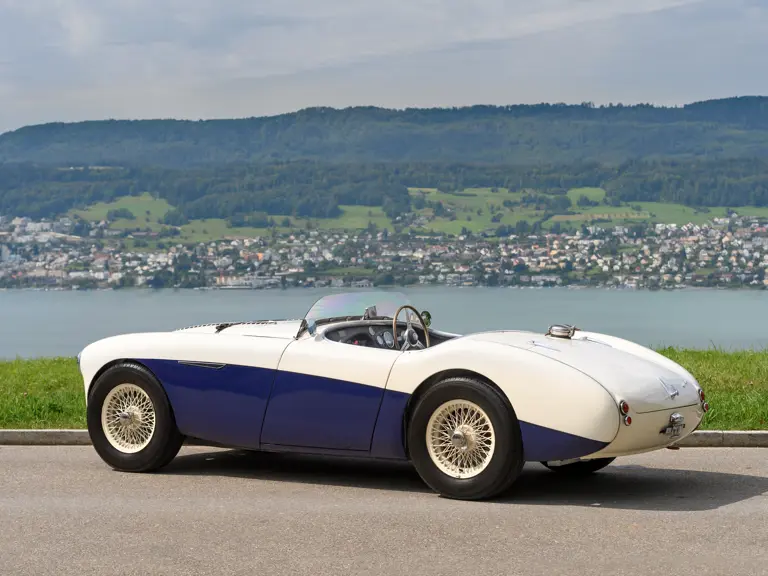
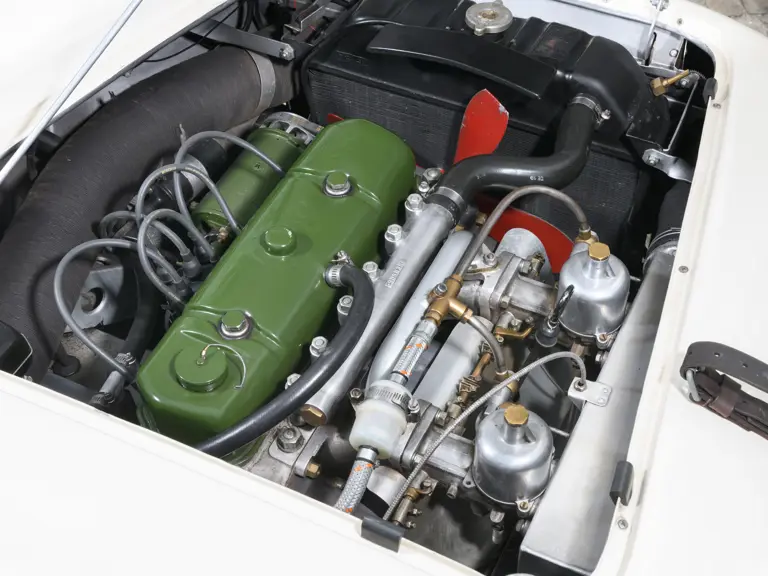
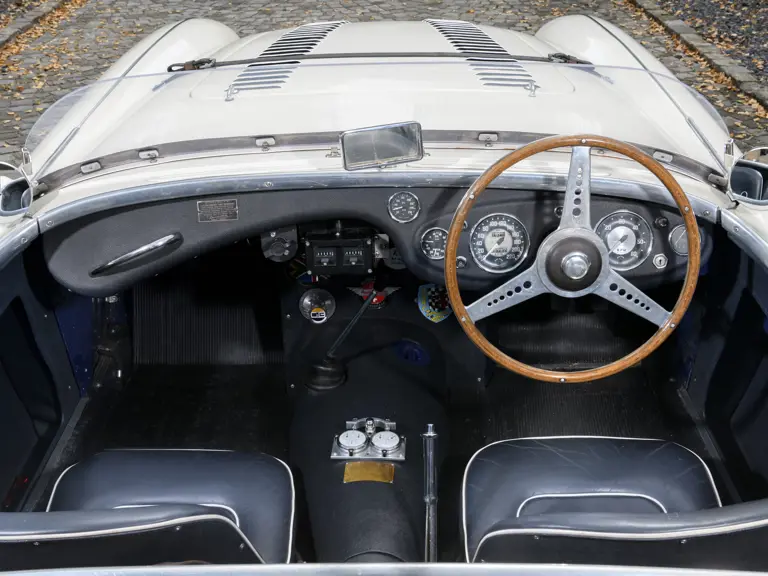
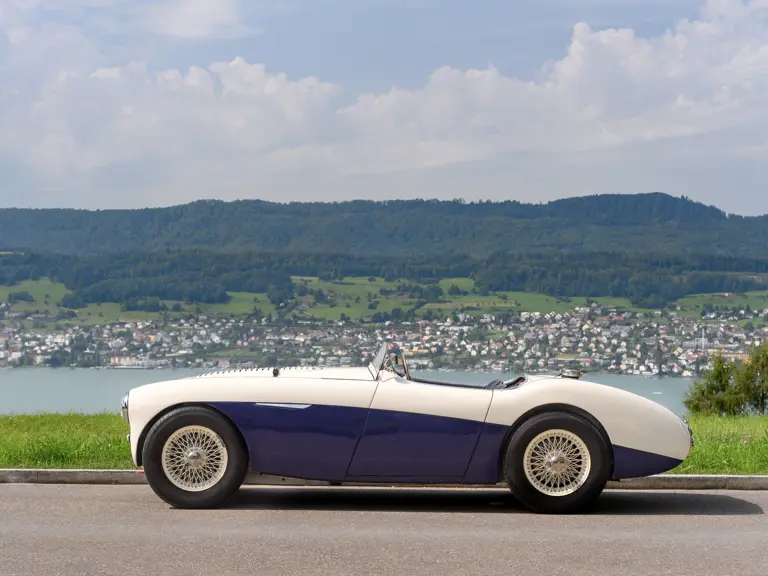
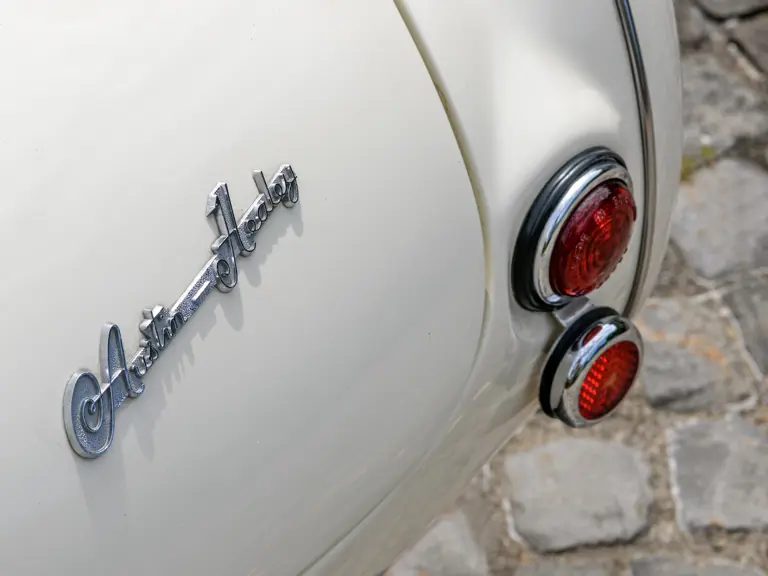
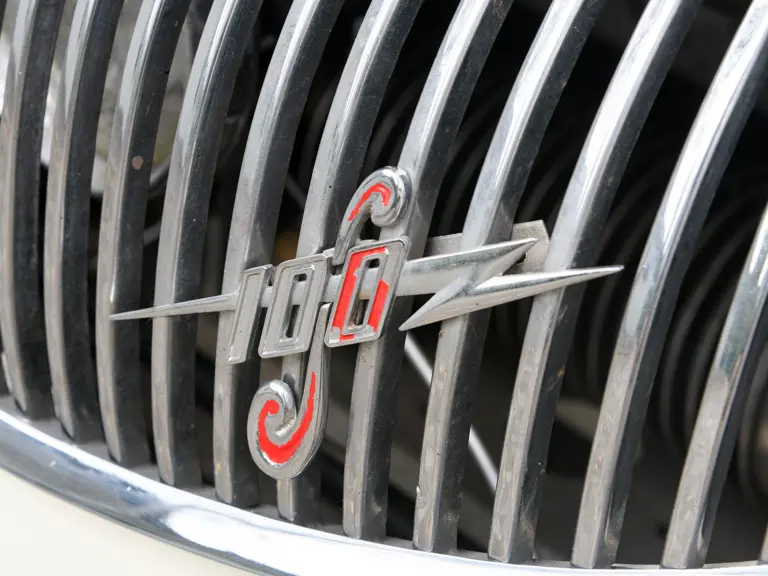



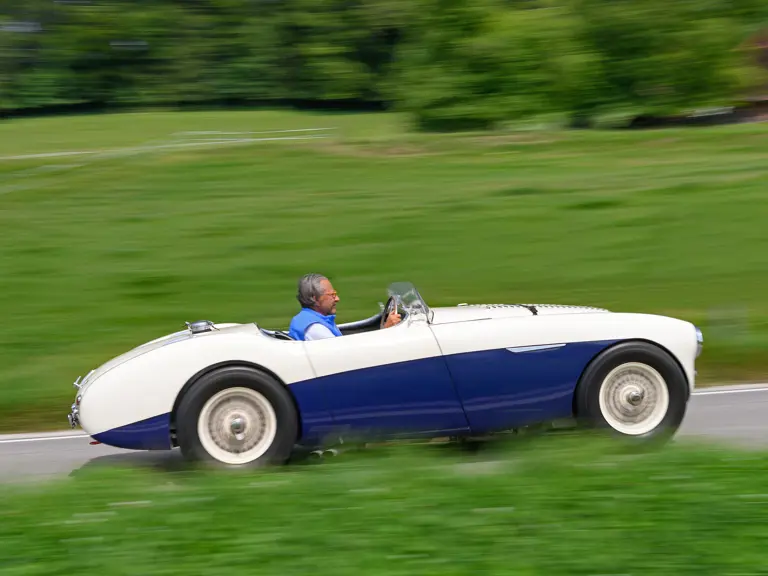
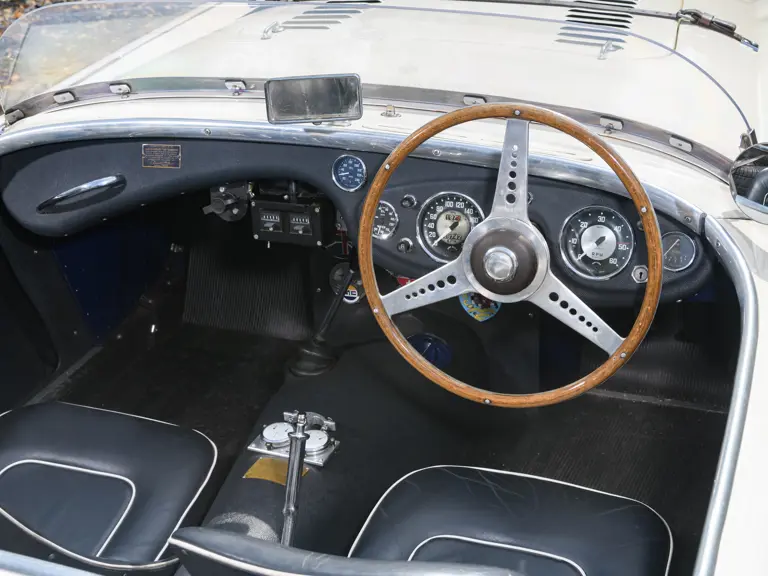
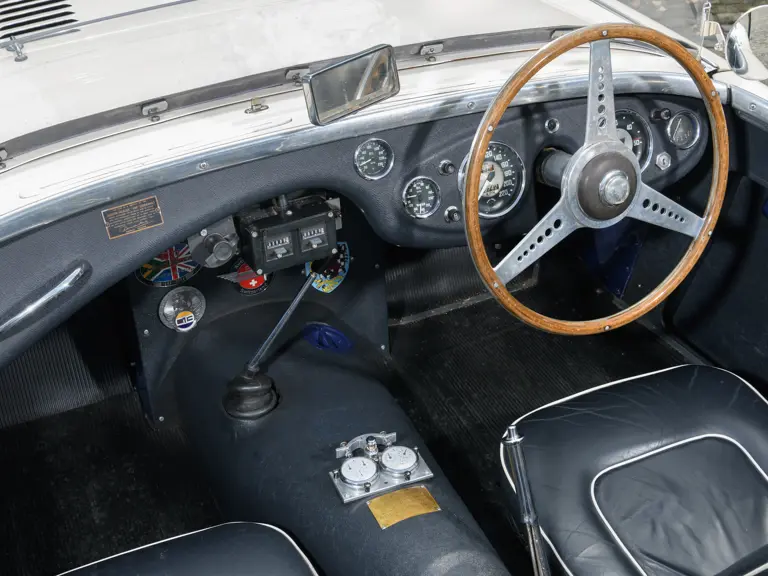
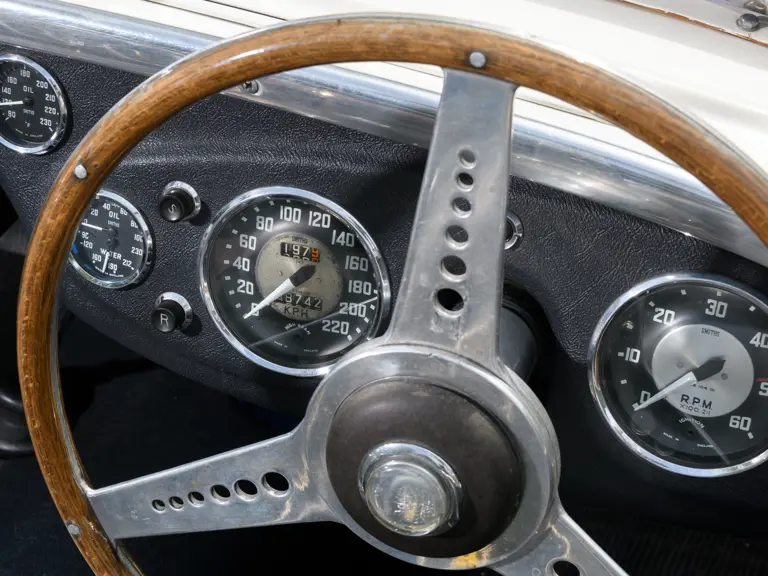
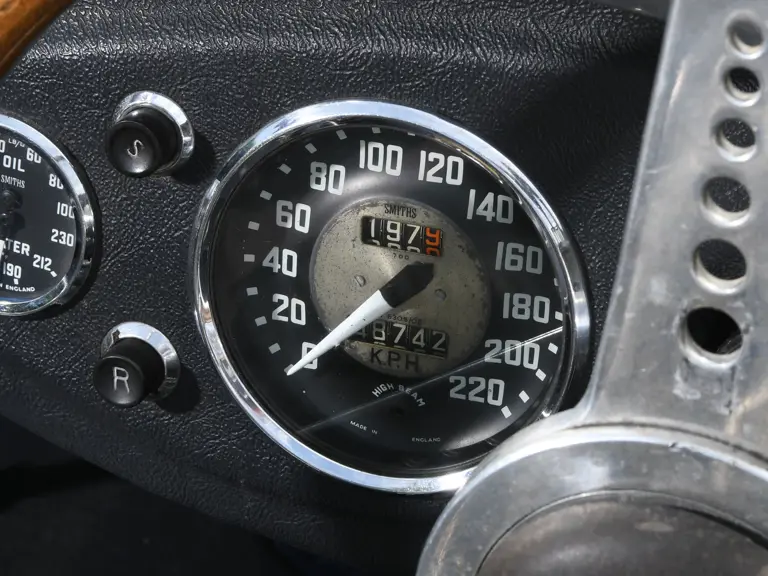
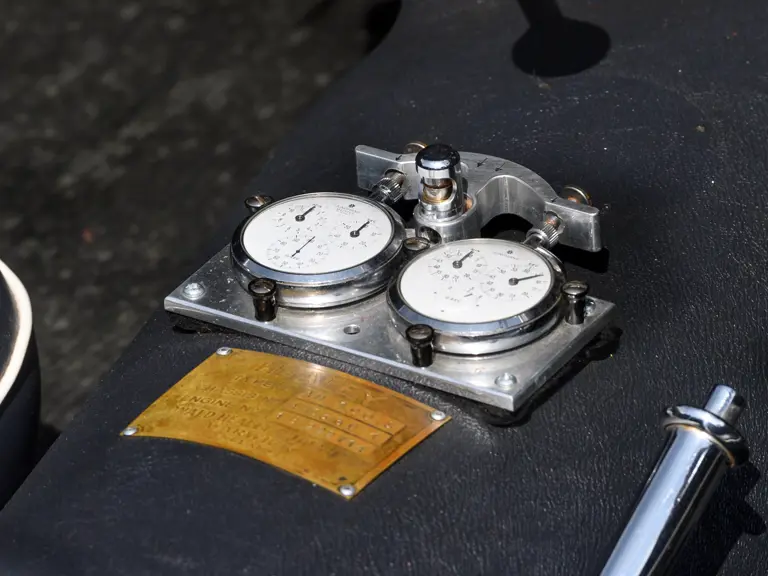
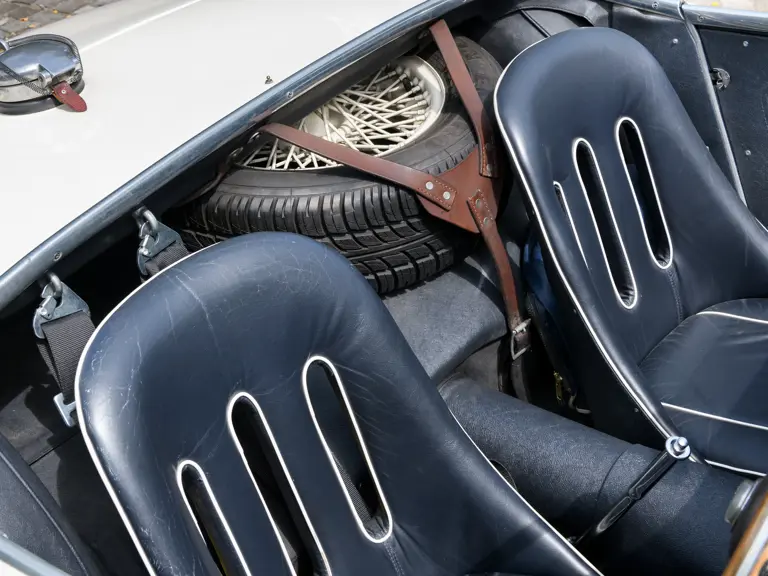
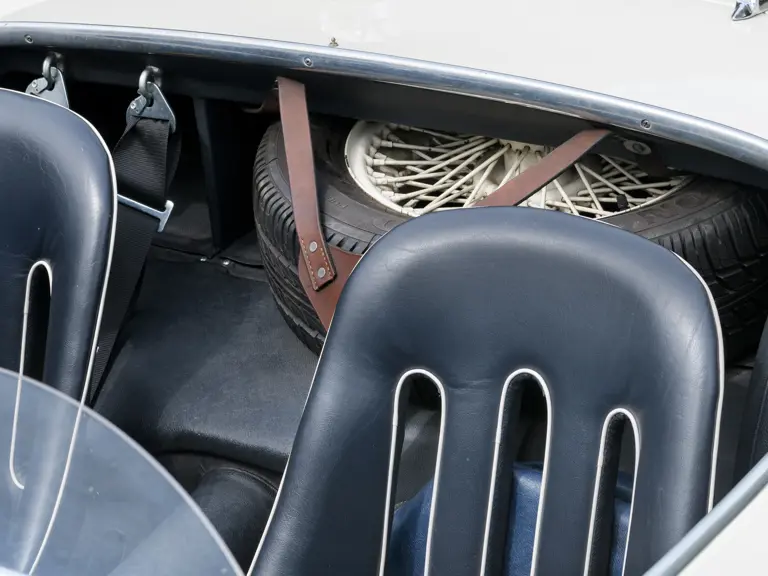
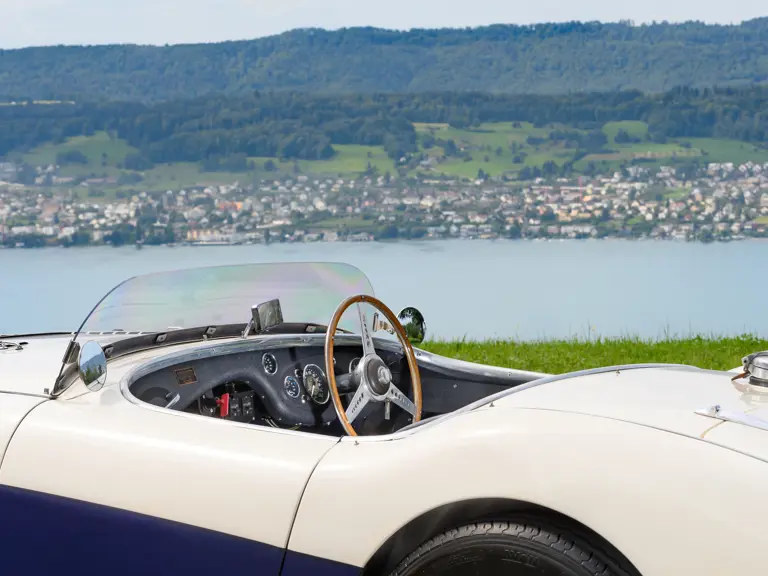

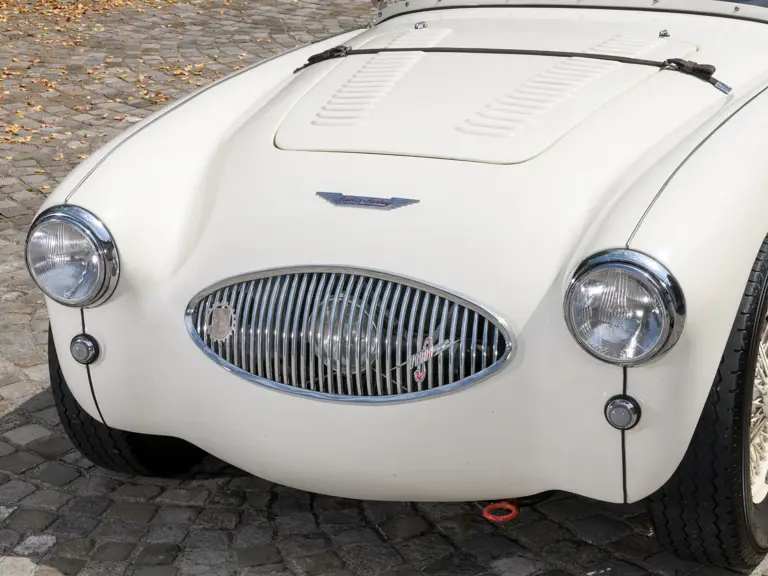
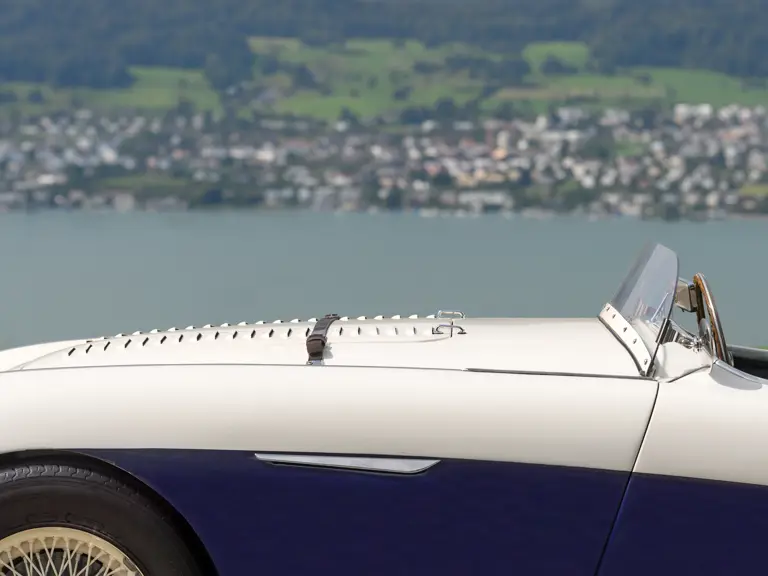
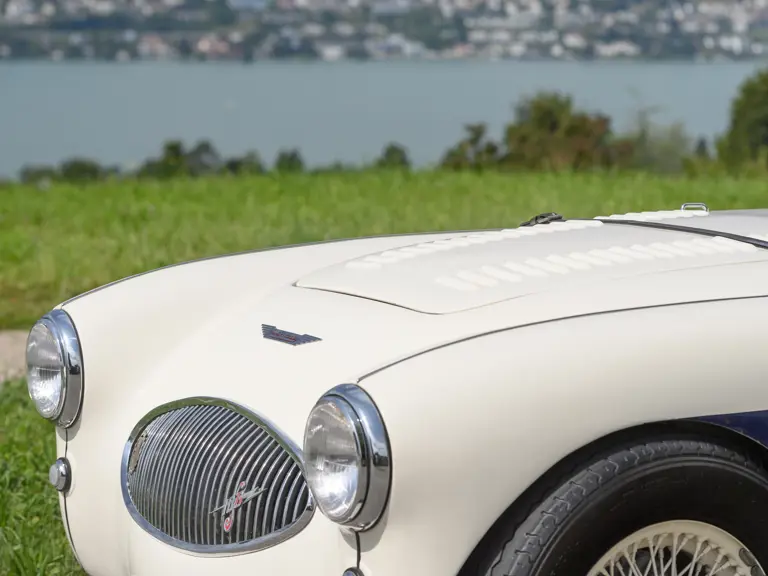

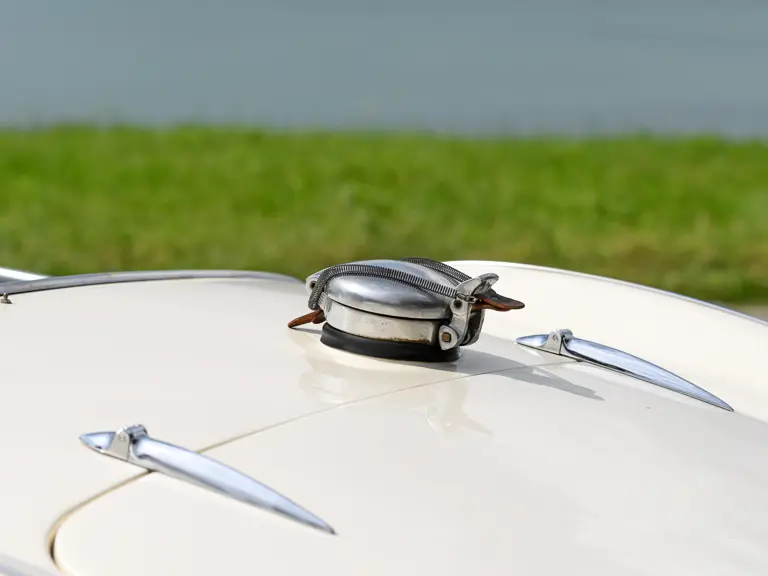
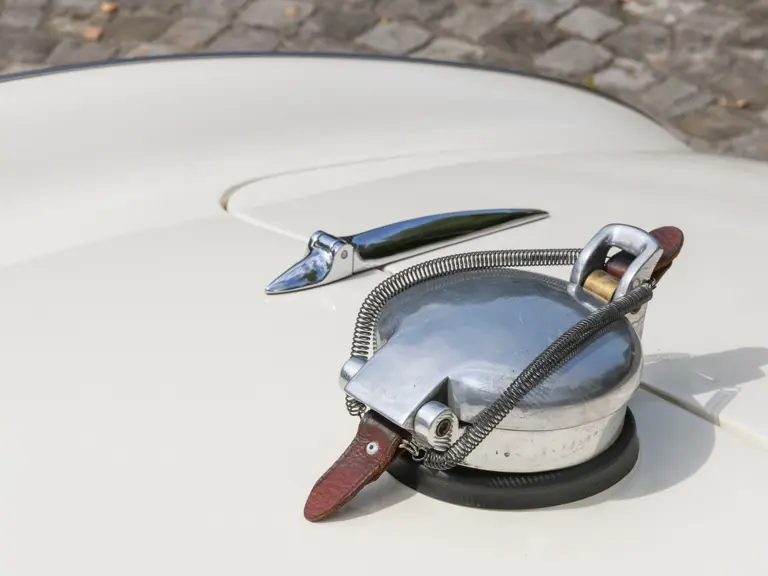
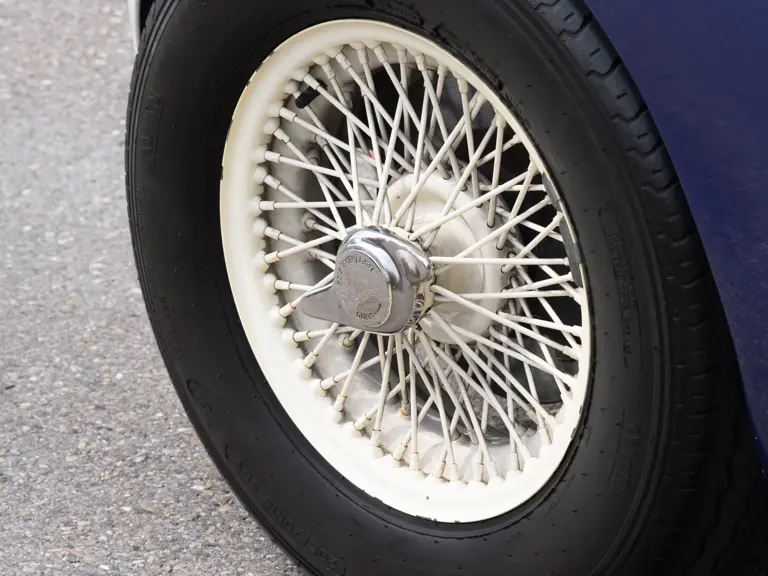

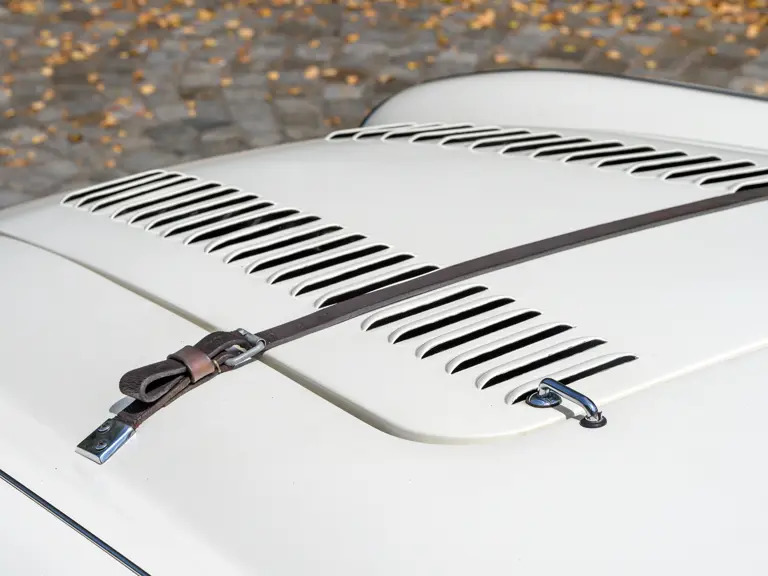
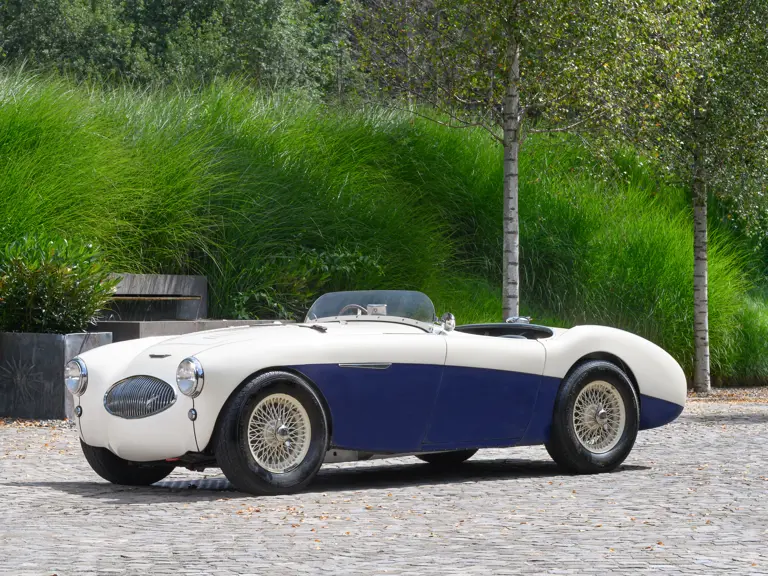
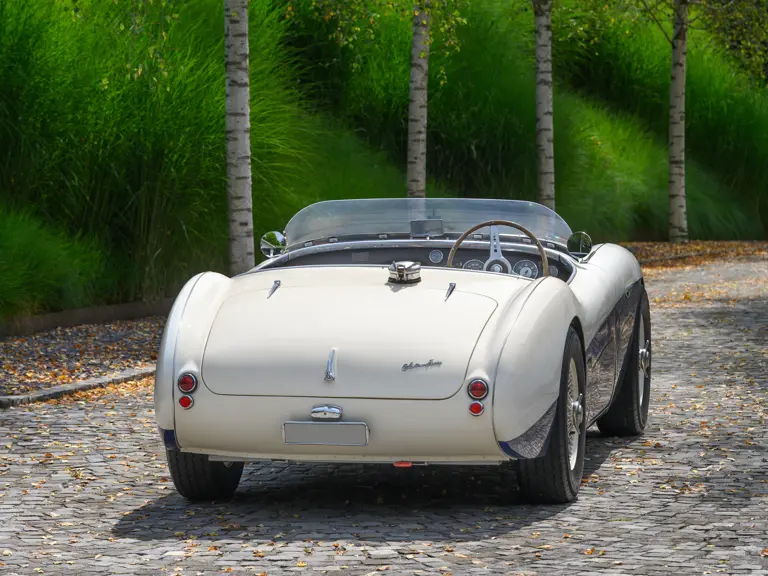

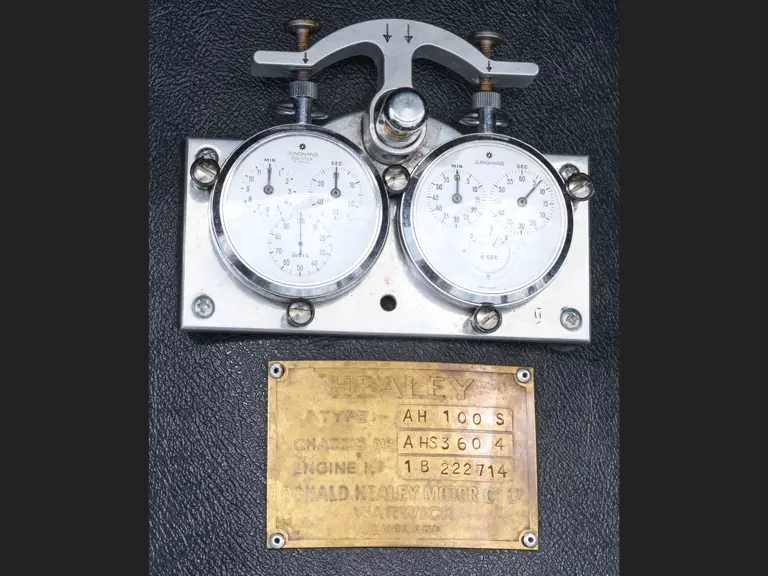

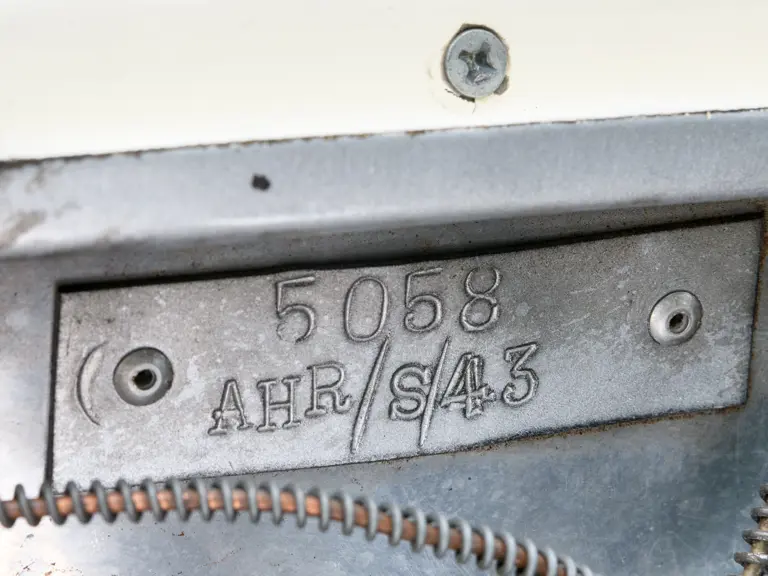
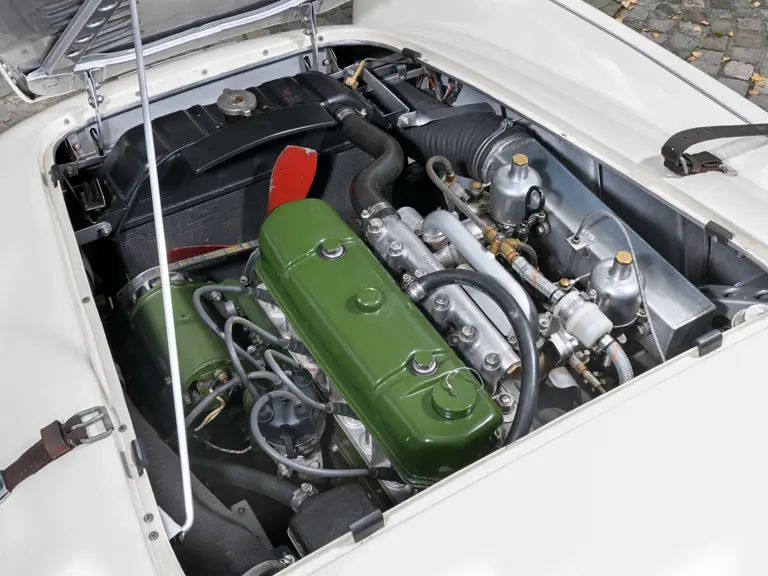

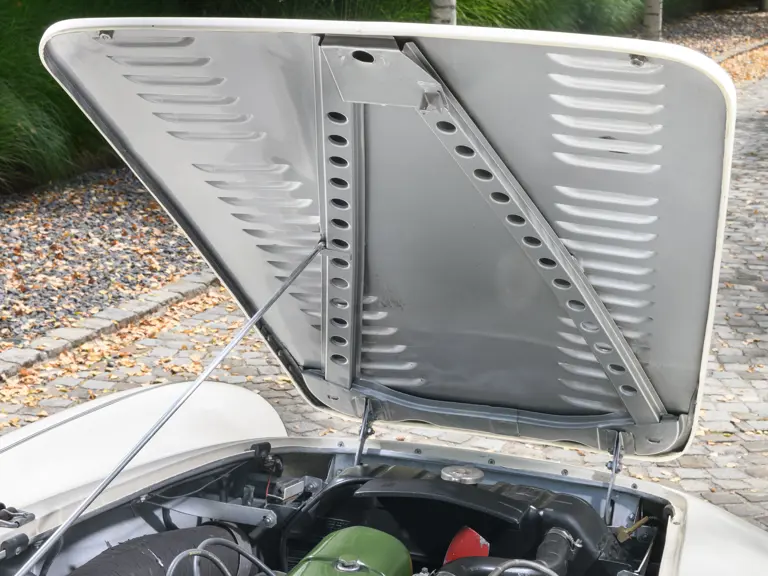
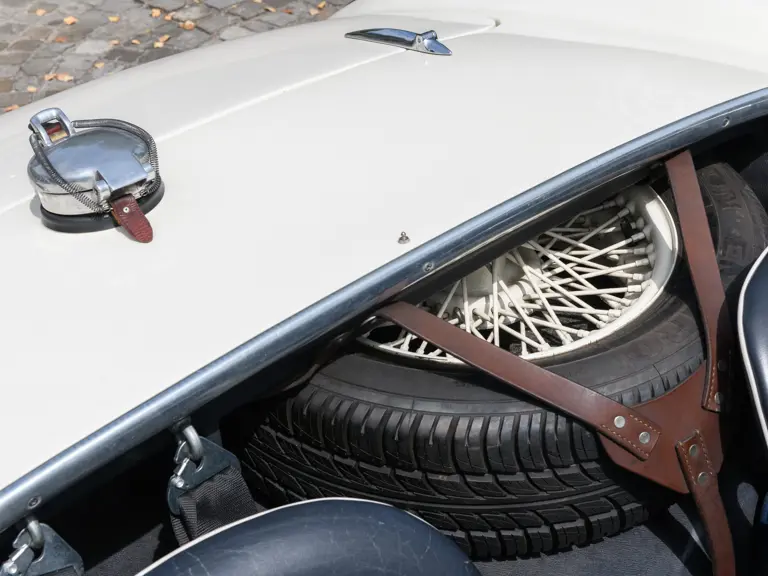
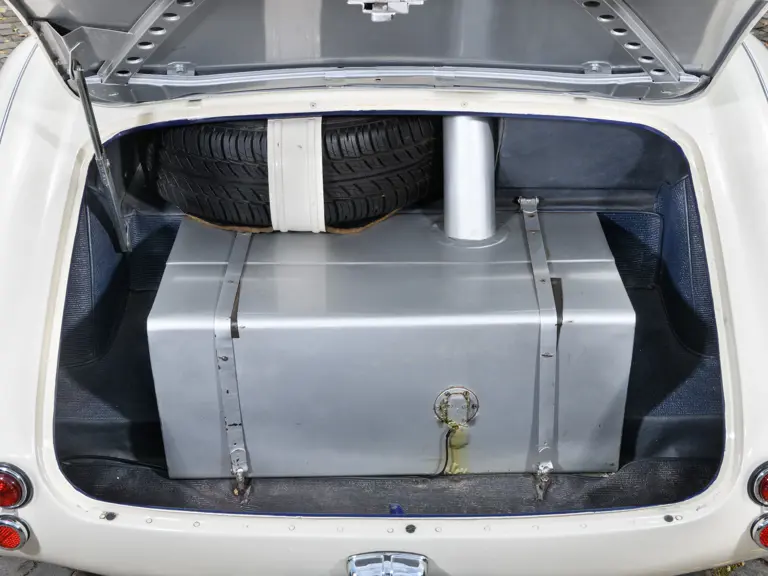

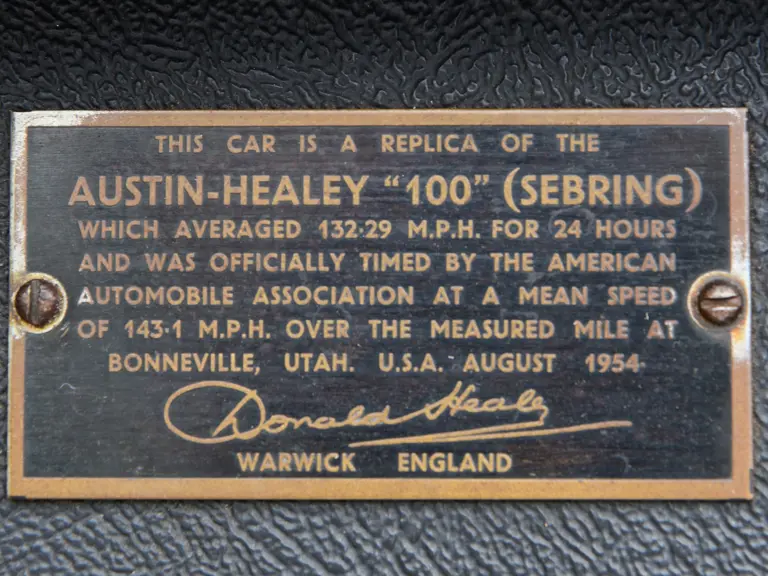
 | St. Moritz, Switzerland
| St. Moritz, Switzerland
